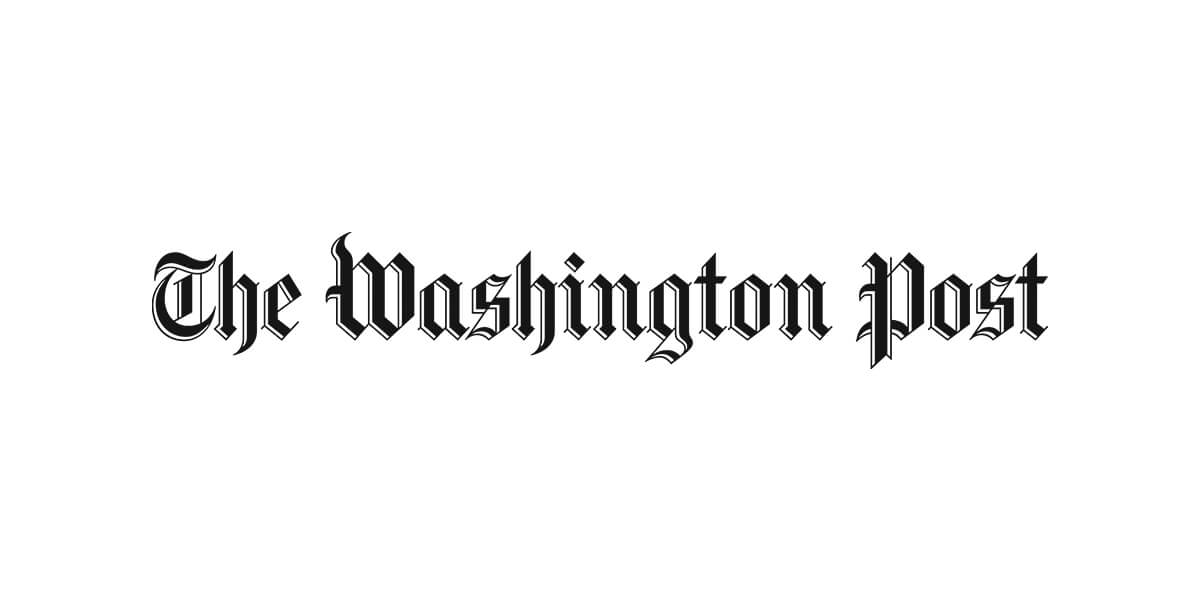WASHINGTON, D.C. (Law360) — The U.S. Supreme Court’s decision to endorse a freeze on the reinstatements of two fired labor officials bodes poorly for precedent permitting Congress to insulate certain agencies from presidential control, but the justices signaled that the Federal Reserve will remain above politics.
Another Blow to Precedent
The key precedent underpinning lawmakers’ power to create so-called independent agencies that act outside the president’s direct control has been on shaky ground amid the high court’s embrace of the “unitary executive” theory, which posits an expansive view of the chief executive’s power to fire officials. Thursday’s ruling, which concerns the firings of National Labor Relations Board
member Gwynne Wilcox and Merit Systems Protection Board member Cathy Harris, reinforces the likelihood that the precedent —1935’s Humphrey’s Executor v. U.S. — will be gutted or struck down altogether, with hefty implications for agencies structured on its holding.
“Although this is not a final order, it seems fairly clear that the conservative majority is inclined to overrule or limit Humprey’s Executor and declare NLRB Board Members removable at the will of the president, contrary to Congress’s express intent,” Kate Andrias, a labor and constitutional law professor at Columbia Law School, told Law360 in an email.
In Humphrey’s Executor, the Supreme Court said language in the Federal Trade Commission Act protecting FTC members from removal was constitutional. The court noted the agency’s construction as “an independent, nonpartisan body of experts,” holding that Congress may confer such protections on “officers whose functions … are of legislative and judicial quality, rather than executive.” In the 90 years since the Supreme Court issued Humphrey’s, Congress has created dozens of such agency panels and protected their members from removal.
After the en banc D.C. Circuit held last month that Humphrey’s Executor likely forbade President Donald Trump from firing Wilcox and Harris, Chief Justice John Roberts granted the government an emergency stay pending the input of the rest of the court.
A 6-3 majority comprising the court’s conservatives endorsed the stay Thursday, saying the government “is likely to show that both the NLRB and MSPB exercise considerable executive power.” The court’s liberal wing dissented, asserting that the NLRB and the MSPB fall under Humphrey’s Executor and faulting the majority for effectively revising this precedent in a procedural order.
Thursday’s stay order is effective through a pending D.C. Circuit review of the merits of the orders reinstating Harris and Wilcox and an expected Supreme Court appeal.
Cary Burke, a partner at Lee Meier who represents workers in labor disputes, said Thursday’s order fits into a pattern of Supreme Court decisions restricting the administrative state and reinforcing the powers of each branch of government. While Thursday’s ruling does not necessarily consign Humphrey’s Executor to the trash heap, it suggests the court will likely dispel the view that it protects independent agencies generally, he said.
“I think the opinion that ultimately releases in the Wilcox and Harris case will basically say, ‘Humphrey’s was a vestige of its time and the reality is these agencies have evolved to wield and exercise substantial executive power,'” Burke said.
And to the extent the Supreme Court ultimately finds Humphrey’s Executor doesn’t apply to the NLRB and the MSPB, the stay means Wilcox and Harris have served their last days.
Because their firings have left the NLRB and MSPB without quorums, cases will continue to pile up at both panels until the president taps new members.
Some observers aren’t so ready to proclaim the end to job protections for members of the NLRB and the MSPB, let alone other agencies like them, however. Michael Macomber, a partner at worker-side firm Tully Rinckey PLLC, said the majority’s view that the government is likely to win its case suggests that’s how the court will ultimately rule. But the justices may rule differently with a full record before them, he said.
“If this finds its way up to the Supreme Court in six, nine, 12 months, who knows?” Macomber said. “The record could be very different, and this decision today is not necessarily determinative of what will happen in the future.”



